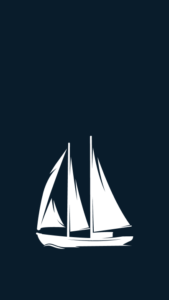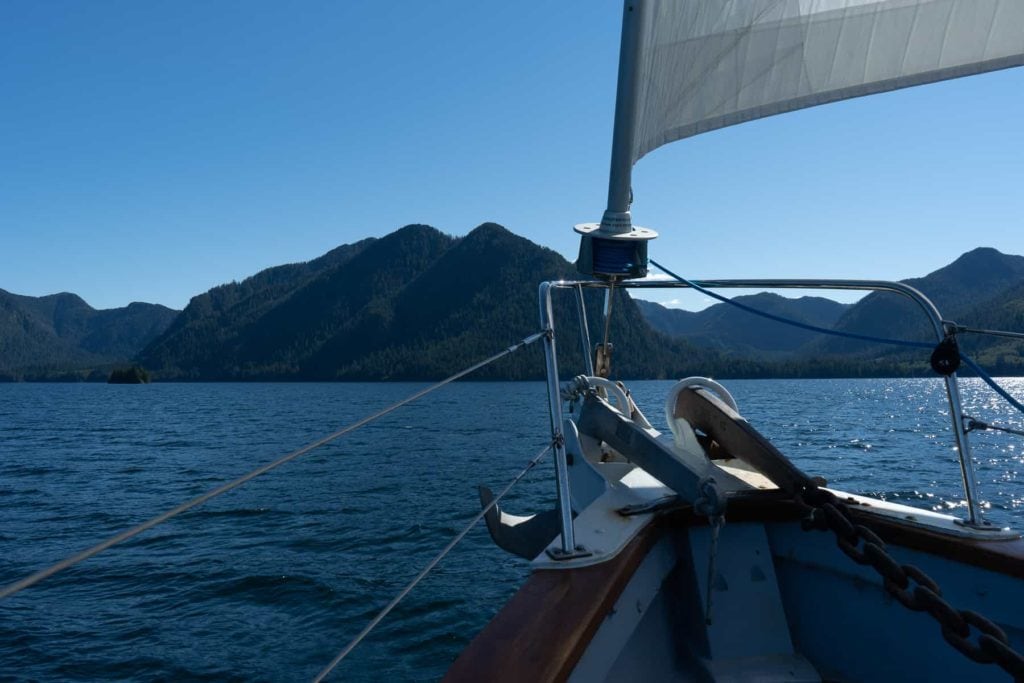
A 9-day expedition log through Haida Gwaii’s Islands of Beauty
Gwaii Haanas July 3-11, 2018
Crew: Captain Russell Markel, Deckhand Oriana Smy, Expedition Chef Erin Vickers, and Onboard Specialist:Graham “Jaahljuu” Richard
Disclaimer: Each day aboard the Passing Cloud is very full: full bellies, smiles, heads/hearts, and memory cards. An indeterminate amount of time and space is required to digest each and every moment, some which may present themselves as memories in later times. Please read with caution. Nostalgia and wanderlust may ensue.
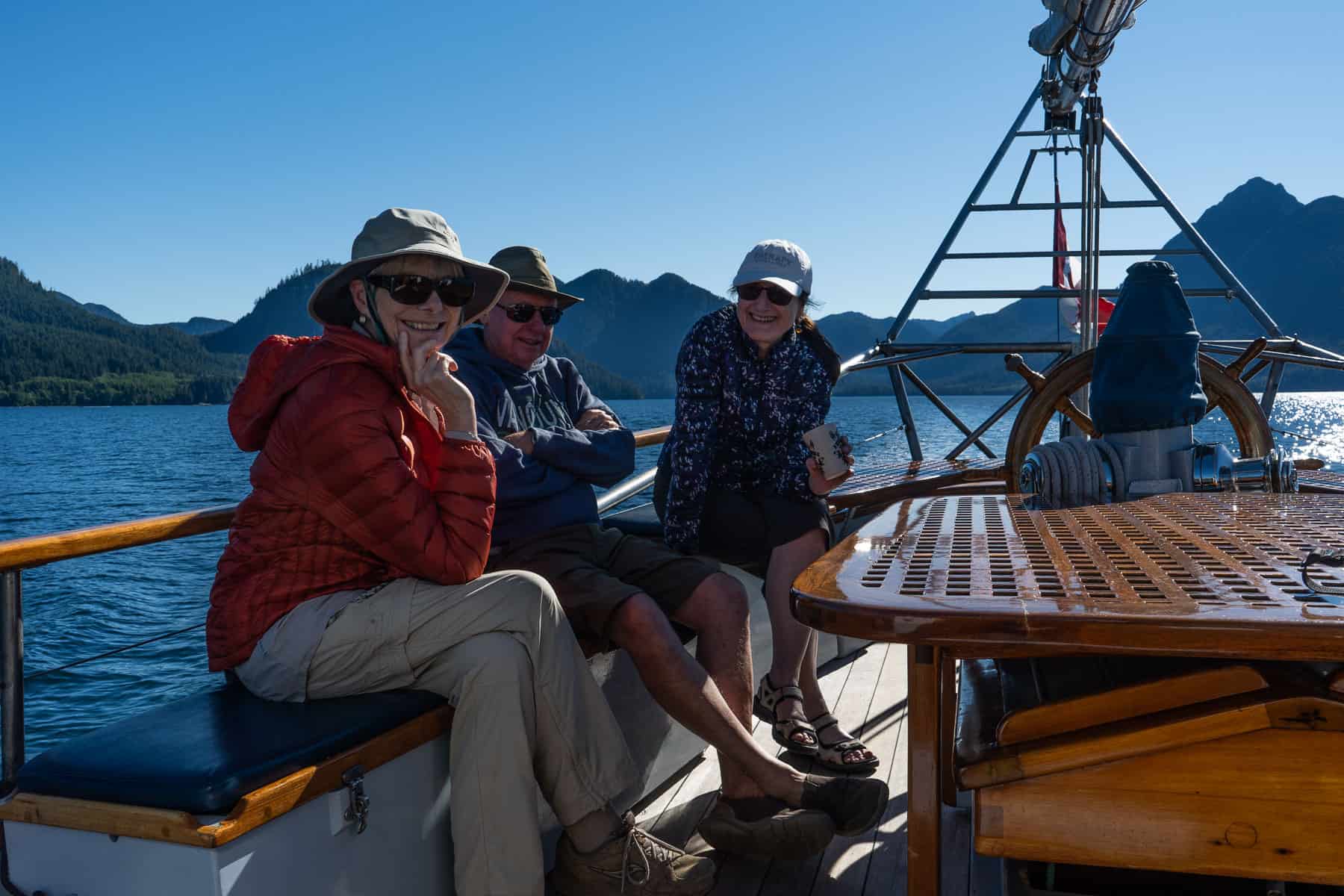
Day 3: July 5 – Part 1
We awake in the morning to see all fishing boats had set to sea already. With weather calling for our northwest wind to come around to southeast 20-30 knots, we’re keen to be on our way as well. We weigh anchor after our first breakfast aboard. What better place to start the day than basking in the morning sun on the aft deck of Passing Cloud?
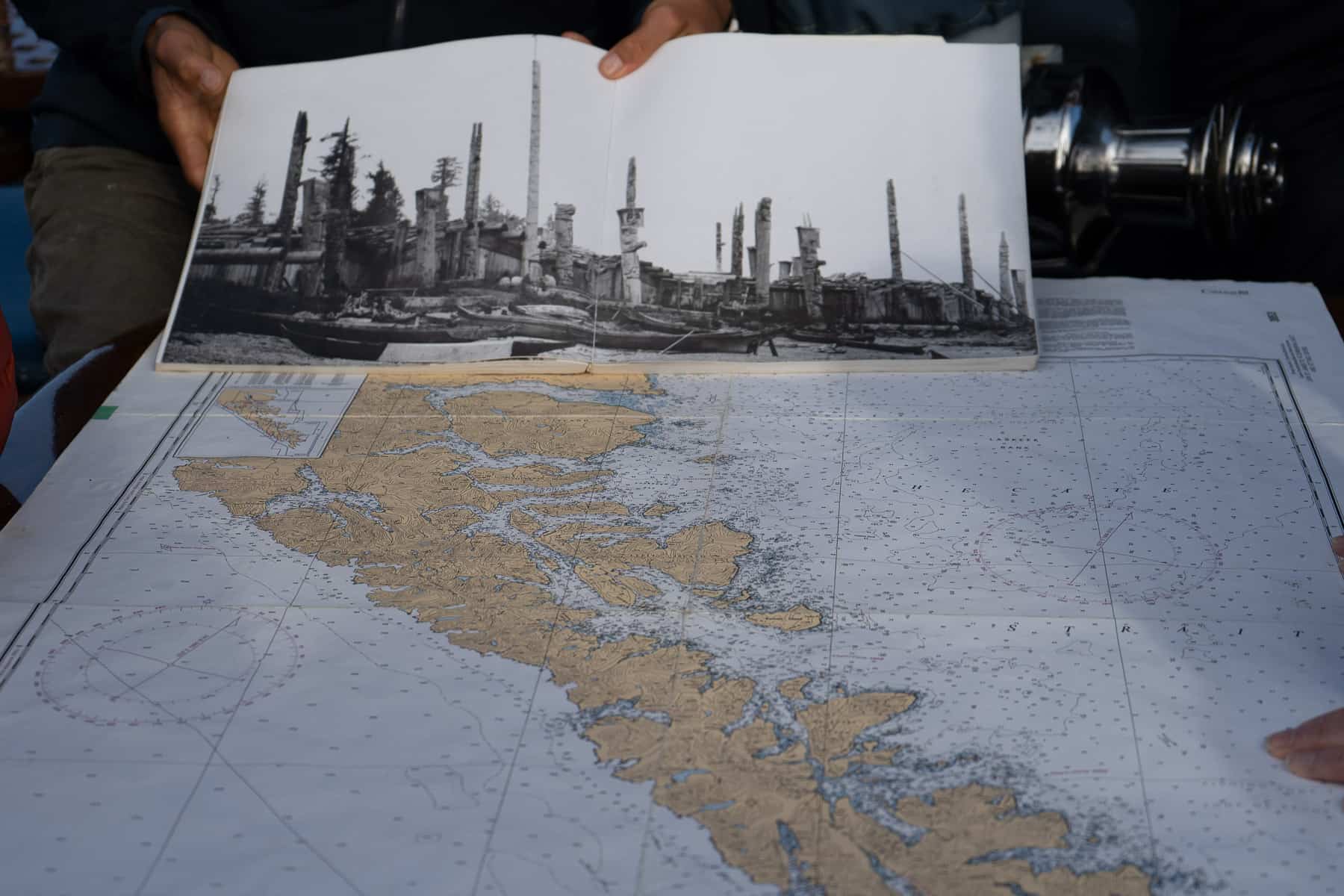
With winds remaining light, we motor on towards the village of T’aanuu llnagaay (Tanu), once a village of 24 longhouses, some with 20 or 30 family members in each house. Today, all that remains are the mossy deposits of pit houses and large spruce trees grown up and fed by the decaying – and in most cases, decayed – house corner posts. Some of the spruce trees could have been 60 or 70 years old, many even older. The last members of the village moved away in the late 1880’s or very early 1890’s. This was a meeting point for all surrounding village sites before moving north, a precursor to the farther northern example in Cumshewa Inlet. Many of the Kunghit Haida (arch enemies of the T’aanuu People) sought refuge here during the smallpox devastation in the early 1860s and the years to follow as a result. Mary, Water, and young Raven give us an informative tour through the ancient village site. Walter brings us back to the Clan Chief’s house, with faint remnants of a house frontal pole, now devoured by moss and decay. My imagination kicks in as I picture fires burning, and drumming in the distance, and children playing on the beach. This would have been a hub, a meeting place, and the convergence of many villages due to the orientation of the bay and proximity to other surrounding villages, such as K’uuna (Skedans) and Hlk’yah G̱awG̱a (Windy Bay).

Some of the houses were built so closely together. Walter tells us this was so invaders couldn’t run between the houses with weapons. It’s hard to imagine a time so dependent on survival, where perpetual preparedness for an attack was vital. We walk on the spongy forest path lined with glowing white clamshells bleached by the sun, defining the boundary to the ancient site. As we’re listening intently to Walter speak of the horizontal mortuary boxes and human remains, the forest rains down a heavy sprinkling of dried golden pine needles, catching glimpses of sunlight as they fall all around us, and seemingly only around us. I’ve heard some people believe the village sites are haunted and I can imagine why as we tread lightly through this ancient site.
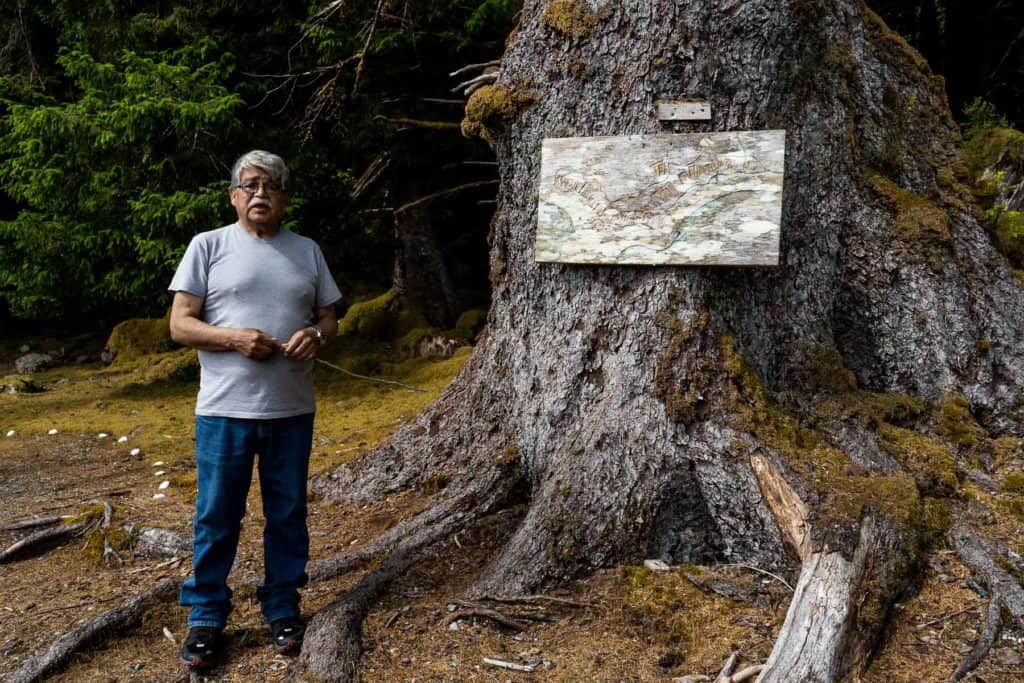
We continue on to the Watchmen cabin where Mary has prepared some delicious cinnamon buns and homemade Saabalii (fry bread). Our chef Erin has sent her own batch of saabalii ashore for tasting and approval. The last time we were here for a visit, Mary gifted her recipe for Erin to take a stab at. This was her second batch and Mary was impressed. Erin feels she has a ways to go yet, but she couldn’t have asked for a better mentor.

Raven leads us beyond the village to a local watering hole. We were coerced to compete in the seasonal competition of “most waterfall jumps.” Graham proceeded to take the bait and go for gold to beat the current 25-jump record. Graham admits, the Haida are naturally competitive; he couldn’t help himself. He goes for 30 jumps climbing in and out of the rather cold, and rather small, trickling stream pool. Captain Russ follows suit to ensure we blow the ship-total out the water for future contenders. They crushed the current record and took the win at 55 for Team Passing Cloud. Graham also notes that it’s not very Haida to brag and we must not gloat.
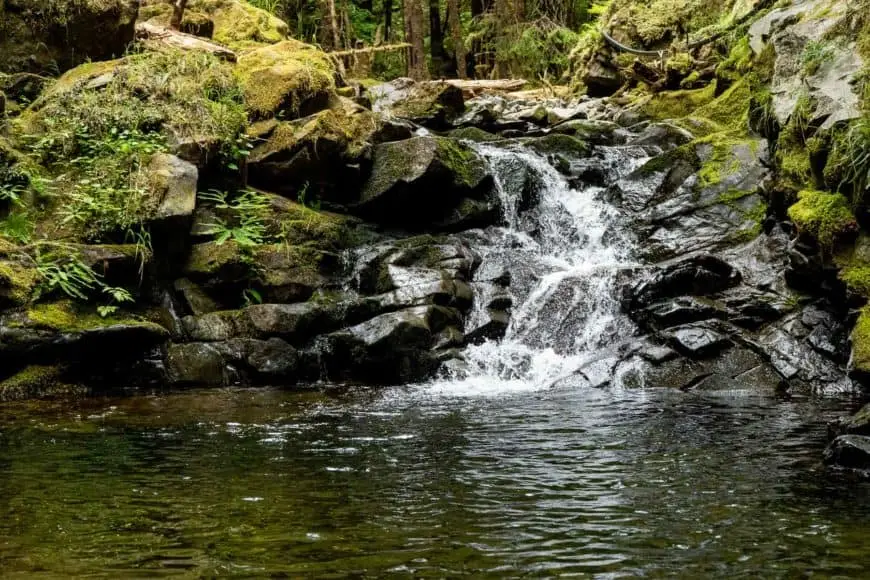
As we walk victoriously (yet humbly) back to the village site, we see tiny coho fry living in the small, nearly dried up pools of the slow trickling river. Indicating this must be a productive salmon system in the fall. We make our way around the house remains to the backside trail for a mix of 6-beam (post-contact style) and 2-beam houses (traditional style), which indicate pre-and post-contact constructions. We get a sense for the size and layout of the village as we stand at a high point looking down on the ancient site, now a forest blanketed in brilliant, almost glowing, green moss.
We say our farewells and we’re on our way south again towards Hlk’yah G̱awG̱a (Windy Bay), another ancient Haida village site of Gwaii Haanas.

